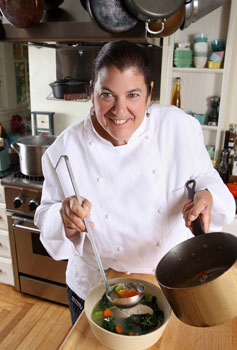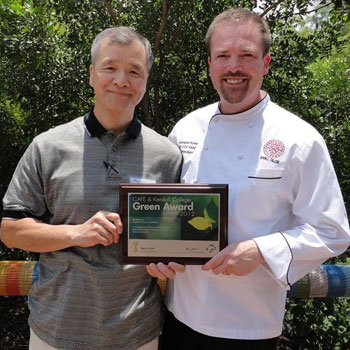Turkey Consumption Gobbles up a Bigger Share of U.S. Poultry Market
Monday, 07 January 2013 12:26
 According to Mintel research, turkey products report stronger growth than chicken, partly due to increasing interest in heritage breeds.
According to Mintel research, turkey products report stronger growth than chicken, partly due to increasing interest in heritage breeds.
When it comes to poultry sales, chicken rules the roost, but according to new research from Mintel on the U.S. poultry market, sales of turkey, duck and other specialty birds grew a considerable 6.5% in just one year, reaching $7.1 billion (2011-12).
Growing from $6 billion in 2008, other poultry products, largely consisting of turkey, grew the most in this category. Moreover, more than eight in 10 (84%) Americans say they eat turkey; chicken is eaten by 94% and other poultry, such as duck, goose and hen, are consumed by 23% of the population.
Today, poultry in the United States is valued at $30 billion (2012), with chicken parts accounting for 58% of the total poultry market. Worth $17.3 billion in 2011, sales of chicken parts grew 4.5% year on year. Meanwhile, whole chickens weren’t chicken scratch, with sales of $5.5 billion in 2012, an increase of 0.6% over 2011.

 Ris Lacoste, owner of RIS in Washington, D.C., got her big break while typing recipes at La Varenne Écôle de Cuisine in France. Today a chef celeb and successful restaurateur, she has a particular message for women in culinary: You can handle the job. Lacoste should know.
Ris Lacoste, owner of RIS in Washington, D.C., got her big break while typing recipes at La Varenne Écôle de Cuisine in France. Today a chef celeb and successful restaurateur, she has a particular message for women in culinary: You can handle the job. Lacoste should know. Like it or not, for a growing number of our students, Facebook is the preferred means of communicating—with everyone. To help them use their Facebook sites effectively, we need to remind them of at least three important guidelines: audience, permanence and development.
Like it or not, for a growing number of our students, Facebook is the preferred means of communicating—with everyone. To help them use their Facebook sites effectively, we need to remind them of at least three important guidelines: audience, permanence and development. Chef Weiner argues there’s only one right answer.
Chef Weiner argues there’s only one right answer. Share your best ideas for innovation in teaching sustainability by April 1, 2013.
Share your best ideas for innovation in teaching sustainability by April 1, 2013.